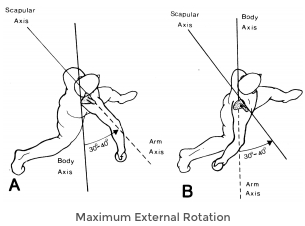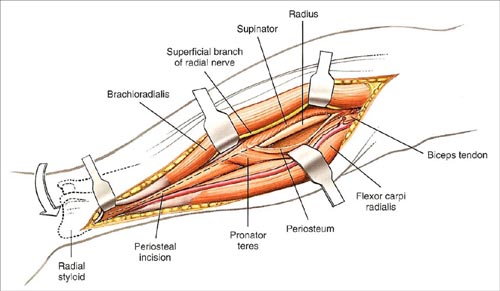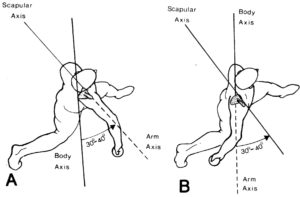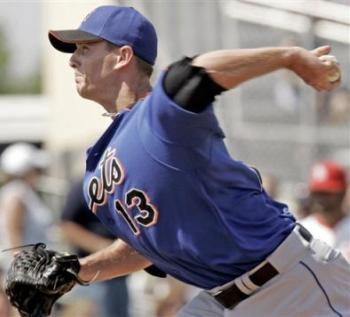Reviewing ASMI’s Biomechanical Analysis of Dr. Marshall’s Pitchers (Focus: Performance/Velocity)

I’ve been meaning to write on this subject for quite some time, and if it’s received well, I’ll write more about ASMI’s report. A fair warning: This post will be very long and will likely contain a lot of scientific jargon that might be tough to understand. Feel free to contact us with questions or comments at any time.
Understanding ASMI’s Biomechanical Analysis
First and foremost, we need to understand what the biomechanical report actually means. The American Sports Medicine Institute (ASMI) offers high-speed video biomechanical analysis of pitchers. (Driveline Baseball offers a comparable product using similar technology.) Using this technology, ASMI analyzed four of Dr. Marshall’s pitchers, settling on three of them for a grouped analysis report (the fourth was not similar enough to the other three and had significantly lower ball velocity). If you are unaware of who Dr. Marshall is and what his theories are, you have a long road of reading ahead – and if you’re really interested in it, I recommend you read all thirty-seven chapters of his freely available book on his theories before continuing with this article. (I realize that means this article will reach an audience of about 7 people, but whatever.)
Here’s a video of Mike Farrenkopf (a pitcher employing Dr. Marshall’s mechanics) throwing at ASMI’s labs in high-speed:
Getting back on track… ASMI ran their analysis on Dr. Marshall’s pitchers and sent it to Dr. Marshall. Dr. Fleisig (who runs ASMI) and he had some disagreements, Dr. Marshall attempted to discredit ASMI’s techniques, and Dr. Flesig responded with a public in-depth look at Dr. Marshall’s pitchers. ASMI’s published report compares Dr. Marshall’s pitchers with both an “elite” group of pitchers and a “mediocre” group of pitchers – the difference being the ball velocity of the groups (the higher the better).
Reading ASMI’s published report isn’t easy, but I’ll try to simplify it. The categories of Maximum Knee Height and Foot Contact can largely be ignored; they’re just discussing static kinematic measurements during phases of throwing a pitch. What we care about starts in the Arm Cocking phase of the delivery, but before we go into that…
A Simplified Understanding of Where Velocity Comes From
Writing where fastball velocity comes from would take me years and it would hardly be a complete dissertation, so we’re going to go with a basic understanding of the mechanism of action while skipping how we get to that mechanism.
Rotational velocities are generated from various segments of the body from proximal to distal, largest to smallest body part – this is known as the kinetic chain. The legs generate force through ground reaction force (GRF), the pelvis rotates around the front leg, the trunk flexes laterally with some velocity, the upper trunk rotates around the spine, and the pitching arm humerus outwardly rotates (externally rotates). How those forces are achieved and passed from segment to segment is a coaching/training concern and not an analysis concern, so we’re skipping it.
Now the forearm is laid back in Maximum External Rotation (MER) – which should really be Maximum Forearm Layback, because the forearm in this position is aided not only by humeral external rotation but scapular tilt – and it’s ready to internally rotate to deliver the ball to the target.
As we understand it, velocity comes from just two factors under a very simple physics-based approach, which should be easy to grasp for most readers.
The final velocity of the ball will be directly related to the distance over which the ball is accelerated and how quickly the ball is accelerated. Seems simple enough, right?
Think of it this way: If you can cover 10 meters of ground at 10 meters/sec^2 but want to have a higher end velocity, you could either increase the distance you accelerate or increase the rate at which the object moves.
And so, with this partial lesson out of the way…
Why Don’t Dr. Marshall’s Pitchers Throw 90 MPH?
It’s commonly said that if Dr. Marshall’s pitching motion was so good, it would produce pitchers capable of 90+ mph velocities (the standard for elite baseball pitchers these days). Dr. Marshall rebuts this by saying that his athletes are not genetically gifted like most professional pitchers are. The truth is somewhere in the middle.
Back to looking at ASMI’s report, I want to point out a few factors that are at play:
- Maximum Throwing Shoulder External Rotation (MER)
- Maximum Throwing Shoulder Internal Rotation Angular Velocity (IR Velocity)
- Maximum Throwing Elbow Extension Angular Velocity (Elbow Extension Velocity)
- The various forces/torques on the shoulder and elbow
The “elite” group (ball velocity 85+ mph in lab testing) had a +/- 1 standard deviation range of 173 to 191 degrees of MER. Dr. Marshall’s pitchers had an average of 162 degrees of MER, which is substantially less than the “elite” group’s. In fact, Dr. Marshall’s pitchers showed more than 2 standard deviations less than the lower bound of the elite group’s MER! This would mean there is significantly less distance for the forearm to travel before the ball must be released.
What’s really interesting is that Dr. Marshall’s pitchers generated an IR Velocity (7899 deg/sec) well within the +/- 1 SD of the “elite” group’s mean IR Velocity, and the same was true for Elbow Extension Velocity. This would seem to indicate that Dr. Marshall’s pitchers had plenty of “fast-twitch” fibers and adequate sequencing of the body (albeit using a vastly different lower body action) to get the job done.
But… something doesn’t make sense: Why are Dr. Marshall’s pitchers’ ball velocities so much lower than the “elite” group’s despite having comparable kinematics of the body parts that matter? The elbow extends and the humerus inwardly rotates as rapidly as the “elite” pitchers in both categories. This is the only thing that should matter, right?
I racked my brain forever after reading this report three years ago and never really grasped the issue above until a few months ago, when I thought it through and talked to numerous kinesiologists and biomechanists. Here’s my theory.
The Broken Kinetic Chain Theory
Dr. Marshall’s pitchers are instructed to powerfully pronate their pitching forearm (source: Chapter Sixteen, Dr. Marshall’s Pitching Book) to prevent the ulna from colliding into the olecranon fossa. In doing so, pitchers theoretically avoid bone chips caused by valgus extension overload. However, the mechanism of action in doing so contracts the both the pronator teres and the pronator quadratus.

This is what is happening when you powerfully contract the pronator muscles in the forearm: You are very likely protecting the ligaments in the ulnar collateral ligament (UCL) while simultaneously generating equivalent IR Velocity, Elbow Extension Velocity, and related torques (which are just derivatives of acceleration of body parts; this is typically done using inverse dynamics as outlined by Zatsiorsky) – but you’re getting much lower final velocities of the baseball due to this “stiff” portion violating the kinetic chain. Additionally, due to the rotating forearm as the arm is accelerated forward, the wrist is not laid back for the final acceleration into ball release.
This can be seen by evaluating Mike Farrenkopf’s high-speed video above and comparing it to high-speed video of traditional professional pitchers. These factors can help explain why change-ups are slower than fastballs, as traditional change-ups are thrown with active pronation of the forearm. (It does not explain it all, however – in Kinetic Comparison Among the Fastball, Curveball, Change-up, and Slider in Collegiate Baseball Pitchers by Fleisig et al, you can see that rotational velocities and related torques are slower for the change-up as well; this shows that most change-ups are not thrown with the same “arm speed” as fastballs, despite what you hear from coaches.). You can read further reviews on the differences in offspeed pitches here and here.
Additional Thoughts
It’s often said that the faster the arm externally rotates (rMER) during Arm Cocking that the stretch-shortening cycle (SSC) will cause humeral IR velocity to increase dramatically as a result, but this theory is not supported by ASMI’s research. Why were Dr. Marshall’s pitchers able to generate such amazing IR Velocities and Elbow Extension Velocities with rMER of just 405 deg/sec when the range of rMER for “elite” pitchers is 1291-1866 deg/sec?
I have more thoughts on this subject for future publication if this article is well-received and there is sufficient interest.
Comment section
Add a Comment
You must be logged in to post a comment.


Guest -
Why Don
drivelinekyle -
Not one that uses his full motion. We’ve all seen Sparks, Seanez, and Matzek do it with their hybridized deliveries.
Cromulent -
I thought Sparks was full Marshall? Obviously Matzek is not.
Did you publish a followup as mentioned?
Its awful hard for the parent of a young boy with a big arm to figure out whom to follow.
drivelinekyle -
Sparks never threw 90+ MPH with a full Marshall delivery. People claim he has, but there is no verifiable evidence that he did. All of his 90+ MPH velocities in professional baseball were with a hybridized delivery.
Haven’t seen the need for a follow-up. Shoot me a email if you have questions; would love to talk.
Cromulent -
Just shot you an email via the contact form.
Momentum and Arm Action: Myths and Misunderstandings - Driveline Baseball -
[…] didn’t this translate into better ball velocity? I covered this in another blog post titled
Guest -
Why the heck would anyone teach their pitcher to throw like that video above. Front hip fly’s way open and gets no hip to shoulder separation what so ever. Plus his trunk is very vertical when he throws the ball, and doesn’t stabilize his front leg what so ever. I don’t think its possible at all for someone to be a 90 mph pitcher that way